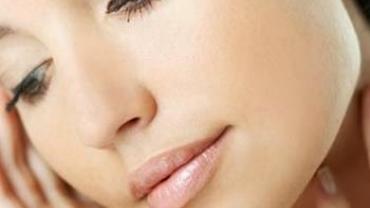
Creatine has long been known as an anabolic agent used with athletes to build muscle and enhance athletic performance. It has also come under fire because people have misused or overused creatine and certain supplements were found to be tainted with contaminants and heavy metals. However in recent years creatine has redefined itself. Not only is it viewed as a safe supplement for athletes and bodybuilders it is used therapeutically in many areas of the body including the skin.
We understand creatine has certainly earned bragging rights for its ability to help build muscle foster neurological brain health and cognition and prevent fatty liver but how does this nitrogenous organic acid help the skin?
DNA damage resulting from ultraviolet (UV) exposure plays a significant role in what is known as cutaneous aging and its progression. We're all familiar with what happens to years of sun-drenched skin. That initial youthful glow over time deteriorates into the texture of a worn leather car seat with an accompanying loss of elasticity and vibrancy. Creatine has promising effects on the repair of cutaneous aging and the protection of the skin from UV exposure.
The mechanism by which this happens might be simple. With aging skin comes a decline in mitochondrial function and cellular energy balance. Combine that with oxidative damage from UV light and the result is a deterioration of lipid membranes as well as structural and catalytic proteins. Being a component of the cellular energy system creatine functions as a reservoir for high-energy phosphates. Here lies the potential to revive those mechanisms necessary to stimulate the skin's energy metabolism.
Skin deterioration a noted sign of aging is nothing more than a decline in the cellular energy metabolism caused by changes in the mitochondrial creatine kinase activity. This activity loss could be prevented by antiglycation actives. Stress has an adverse effect and can damage the biomolecules involved in energy homeostasis. Actives specifically selected for protection against the damage of creatine kinase activity can decrease skin vulnerability and prevent the premature loss of skin function.
In investigating the use of creatine supplementation on human epidermal cells it was noted that creatine was taken up by the keratinocyes and mitochondrial function increased.
In addition to creatine's many claims to health fame it seems to also represent itself as a beneficial active ingredient for topical use in the prevention and treatment of human skin aging.